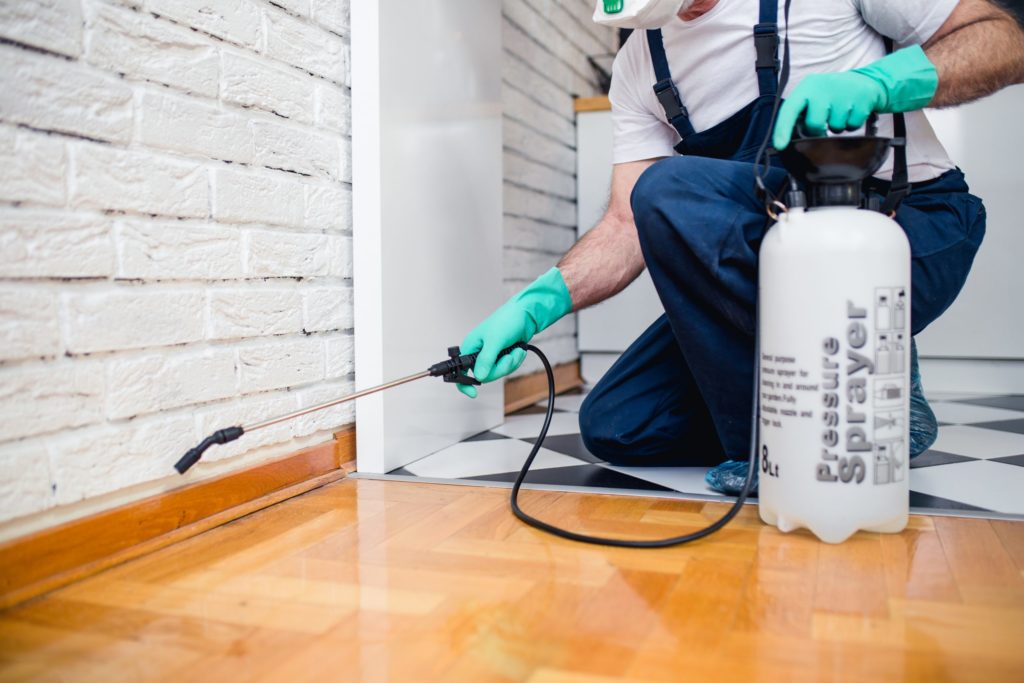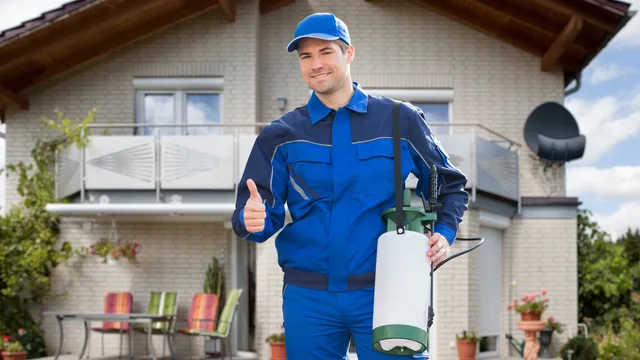How Standing Water Around Your Yard Attracts Mosquitoes in Naperville

Mosquitoes in Naperville are a familiar summertime pest that thrives in areas with stagnant water. They take advantage of the water collected in yards for breeding and multiplying. A puddle can become their breeding ground that fuels their population.
Mosquitoes depend on water for their life cycle. Female mosquitoes lay their eggs on or near water. It takes just days for larvae to emerge. These larvae stay in the water as they grow, feeding on organic matter and microorganisms. Mosquitoes cannot complete this process without standing water. That’s why Pointe Pest Control addresses common breeding spots for mosquitoes when dealing with an infestation. They use surveillance and mapping to identify these spots. Then, they reduce the source, apply larvicides, and adulticides to eliminate an infestation. Below are common sources of standing water that can become mosquito breeding grounds:
Puddles After Rain
After heavy rainfall, puddles may form in low-lying parts of the yard. Stagnant water in puddles can remain for days, giving mosquitoes the chance to lay eggs. Shallow puddles are enough to sustain their growth.
Clogged Gutters and Drains
Gutters filled with leaves and debris trap rainwater. The same is true for yard drains that don’t flow properly. These areas hold stagnant water out of sight, which makes them easy to overlook. Mosquitoes can continue breeding undisturbed in these areas until the water dries.
Birdbaths and Outdoor Decorations
Yard features like birdbaths, fountains, and decorative containers add beauty, but they also collect water. Unchanged or uncirculated water becomes an ideal mosquito nursery. Birdbaths need frequent refills, since birds use them daily.
Buckets, Toys, and Other Containers
Mosquitoes can lay eggs on stagnant water collected in buckets, wheelbarrows, flowerpots, and children’s toys. These items may be scattered around the yard, so homeowners may forget about them. But they provide endless opportunities for mosquitoes to expand their population.
Standing Water in Lawns
Poor drainage can leave sections of a lawn soggy for days. Low spots where water lingers after storms are prime breeding areas. Mosquitoes prefer calm, still water, so they can benefit from these patches of saturated soil. Fixing drainage issues improves the health of the lawn and reduces the risk of mosquito infestations.
Pools and Hot Tubs Left Untreated
Poorly maintained swimming pools and hot tubs can become mosquito habitats. Stagnant pool water provides breeding space if pumps or filters stop working. Even small amounts of untreated water in pool covers or spa covers can invite mosquitoes.
Overwatered Plants and Saucers
Plant pots with saucers underneath often collect excess water, creating miniature breeding grounds. Overwatering plants also leads to soil that stays damp for long periods, providing mosquitoes with the moisture they need nearby.
Hidden Water Sources
Hollow tree stumps, clogged fence posts, and ground depressions can collect rainwater. These small hidden pockets of water can be troublesome because they are rarely disturbed, giving mosquitoes uninterrupted time to complete their life cycle.
Septic and Drainage Issues
Poorly maintained septic systems or slow-draining sewer cleanouts can hold pockets of stagnant water. These areas are often overlooked because they’re not as visible as puddles or birdbaths, but they provide long-term breeding spots for mosquitoes. Any standing water near drainage lines or septic covers can quietly fuel infestations.
Decorative Landscaping Features
Mosquitoes can use ornamental ponds, rock features, or rain gardens that don’t circulate water as nurseries. These additions add beauty to a yard, but they also provide the still water mosquitoes need. These features can attract and sustain large populations without pumps, filters, or natural predators.
Air Conditioner Drip Pans
Air conditioning units may release condensation into drip pans or onto the ground nearby. Poorly drained water from these units collects and becomes stagnant. These small pools can support mosquitoes as they breed throughout the warm season.




